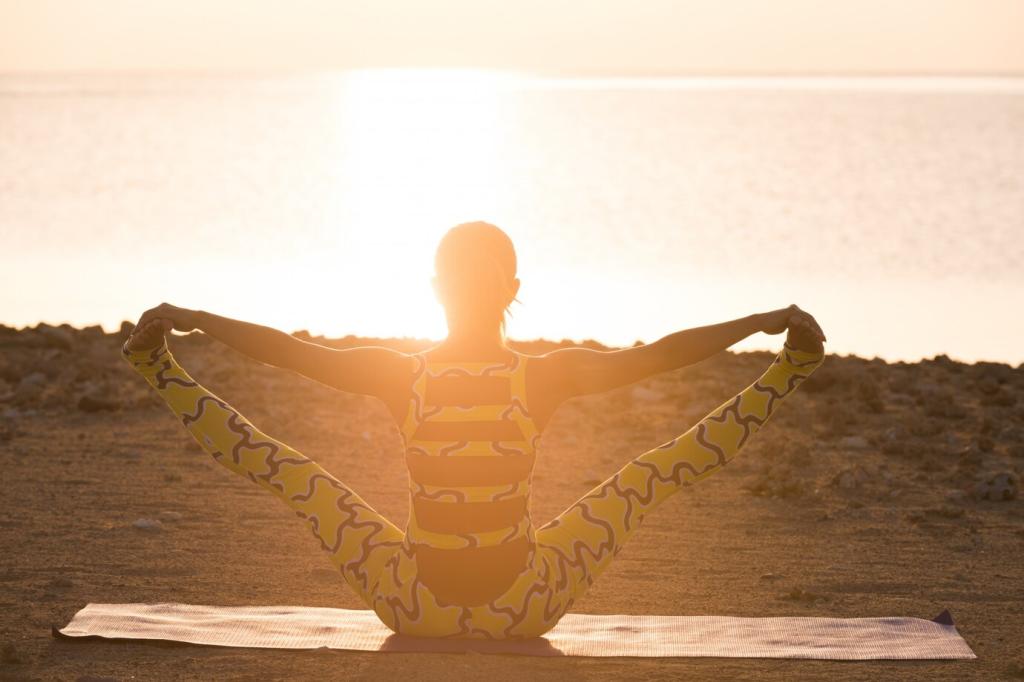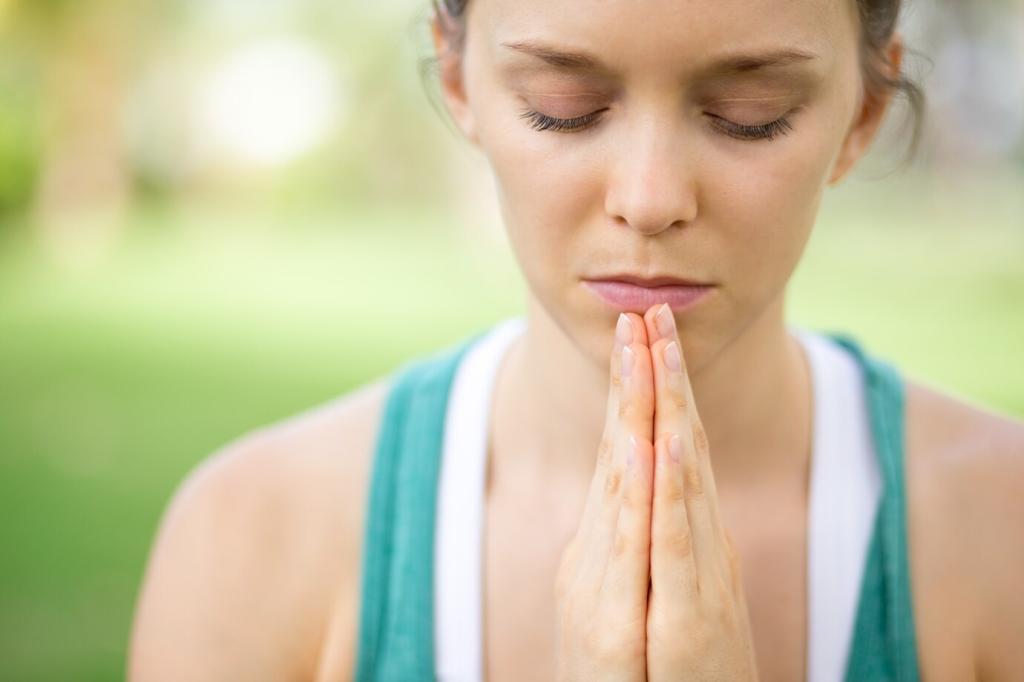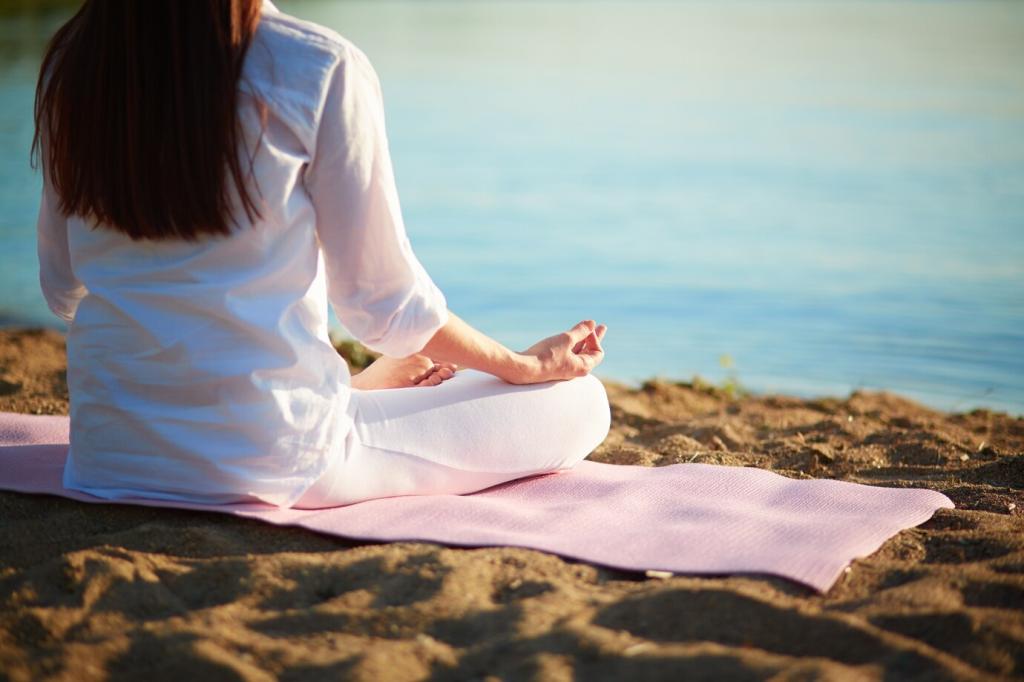Uplift and Support During Low Moods
Press through your feet and lift the hips, lengthening the front body. Even a few breaths can brighten attention, stimulate circulation, and subtly invite hopefulness when motivation feels distant or heavy like a fog crowding familiar landmarks.
Uplift and Support During Low Moods
Slide the chest forward, shoulders down, low lift. The shape is modest yet energizing, opening the heart area and reminding your body that support can be gentle, sustainable, and rooted in compassion rather than forceful or punishing ambition.




